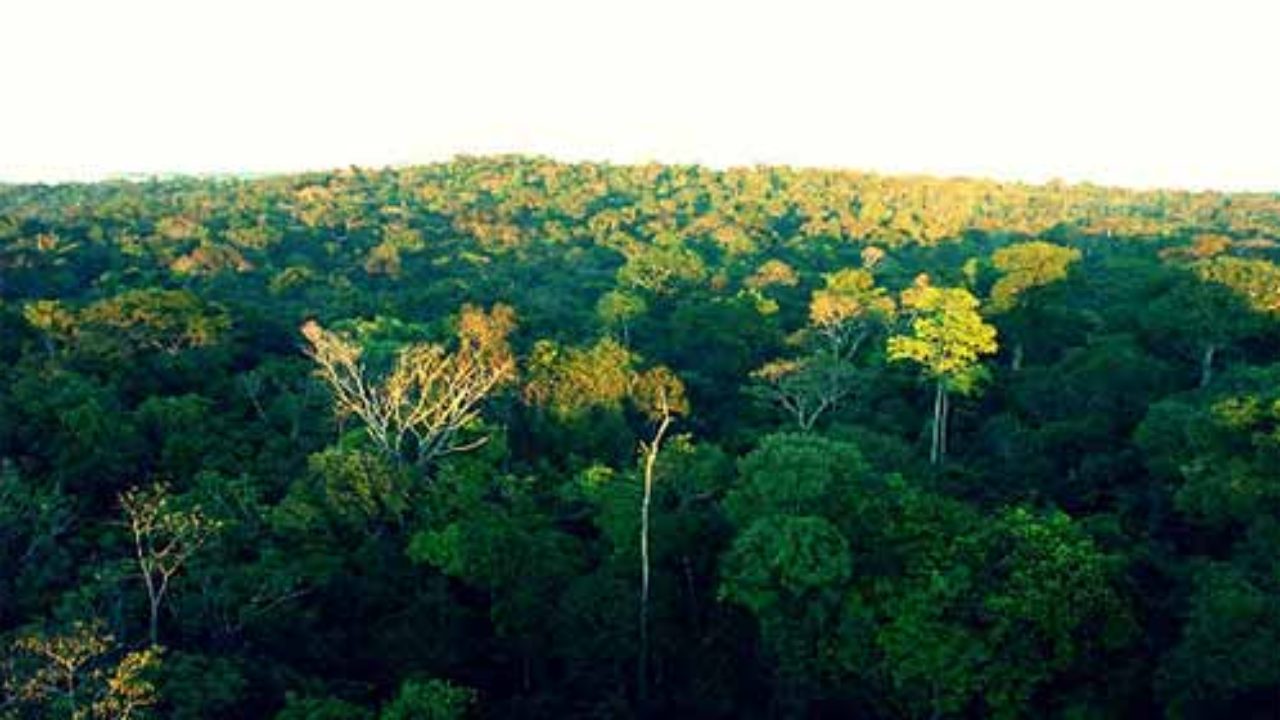
Known as the most biodiverse biome in the world, the Amazon is also the largest biome in Brazil (corresponding to approximately 49% of the territory of our country).
It houses the largest tropical forest and also the largest hydrographic basin on the planet, and has several peculiarities, with extremely dense vegetation, diverse fauna and flora and extensive rivers.
With so much wealth, it is not surprising that the Amazon Forest plays a fundamental role in the environmental and economic balance not only in Brazil, but in the whole world.
In environmental terms, the tropical forest is important when it comes to:
- Variety of species,
- Phytotherapy,
- fresh water (responsible for water and climate control),
- carbon stock,
- and the ability to transfer heat or steam to other regions.
The Amazon also plays a fundamental role in the country’s economy, due to the diversity of plant, mineral and animal resources, agriculture and hydroelectricity.
When we look at these factors, it is easy to understand the need to preserve the Amazon Forest – although, in practice, we only see deforestation and exploitation rates grow.
To be more aware of its preservation, in this article we will show why the Amazon Forest is, after all, so important.
It takes moisture to different regions of Brazil and South America
The Amazon Forest is responsible for the production of considerable amounts of water throughout the country and also for some countries like Bolivia, Paraguay, Argentina and Uruguay, “supplying” regions that generate 70% of the GDP of all of South America.
This is because the evapotranspiration of the Amazon generates the so-called “flying rivers”, masses of steam that carry moisture from the Amazon Basin to other regions of Brazil.
It is estimated, according to the National Research Institute of the Amazon, that a tree with a canopy of 10 meters in diameter can pump more than 300 liters of water in the form of steam per day into the atmosphere (more than twice daily used by a Brazilian ).
For this reason, the Amazon Forest has a fundamental role in bringing rain to crops, filling rivers and dams that serve hydroelectric plants, and is therefore essential for the production of food and energy throughout our country.
Helps stabilize climate change
The Amazon Forest represents 10% of all the biomass on the planet, storing more than 90 billion metric tons of carbon.
This means that the forest has an active performance in stabilizing the climate not only in Brazil, but worldwide.
If, on the one hand, a healthy forest brings immense benefits, on the other hand, deforested forests are today one of the main sources of greenhouse gases, due to the burning of fossil fuels, precisely because of this capacity to retain and store carbon.
Protects environmental balance and healthy and diverse ecosystems
As we already mentioned, the Amazon Forest has the greatest biodiversity in the world, with many species still unknown.
This biodiversity is important not only for the preservation of species, but for guaranteeing a diverse and healthy ecosystem, where faster recovery from disasters such as fires is possible.
The Amazon becomes a kind of “temple” for the preservation and recovery of species threatened by some external factor – its coral reef, for example, is a refuge for corals threatened by global warming.
Preserving Amazonian biodiversity, therefore, means contributing to stabilize other ecosystems in the region, generating environmental balance.
In addition, biodiversity also has a direct impact on the country’s agriculture, since the surrounding agricultural areas have greater pollinator wealth, positively affecting the production of food such as coffee, corn and soybeans.
Production of medicines, foods and other products

The rich flora of the Amazon, with more than 10,000 species of plants, is also important for the production of medicines, cosmetics, food and other products, having a direct impact on trade and the economy.
Forest products are sold throughout Brazil, such as açaí, guarana, tropical fruits, palm hearts, Brazil nuts, rosewood (perfume essence), vegetable leather and even indigenous handicrafts.
Acts as a Fire Barrier
When there are fires in the Amazon Forest (whether due to natural disasters such as lightning or deforestation), it also acts as a barrier to prevent forest fires, preventing the fire from spreading, due to its high vegetation.
With rampant deforestation, in turn, the forest starts to act as a kind of flammable field, due to the trees and dry forest regions, increasing the risk of the proliferation of fires to other regions, including those occupied by civilization and indigenous occupation. .
Preserves indigenous populations and cultural diversity
In the so-called “Legal Amazon”, an area that encompasses nine Brazilian states belonging to the Amazon basin, we find almost 70% of the indigenous population, many of them surviving directly from the resources of the Amazon Forest.
For this reason, the forest is largely responsible for the preservation of the group of indigenous peoples and other cultures, contributing to the cultural wealth of Brazil.
These are just some of the factors that explain why the Amazon Rainforest is so important for Brazil and the world.
It is a complex, diversified biome, with countless species within its fauna and flora.
An environment rich in so many aspects, but with a fragile, delicate balance, and extremely interconnected in essential assets for the ecosystem and also for the economy.
